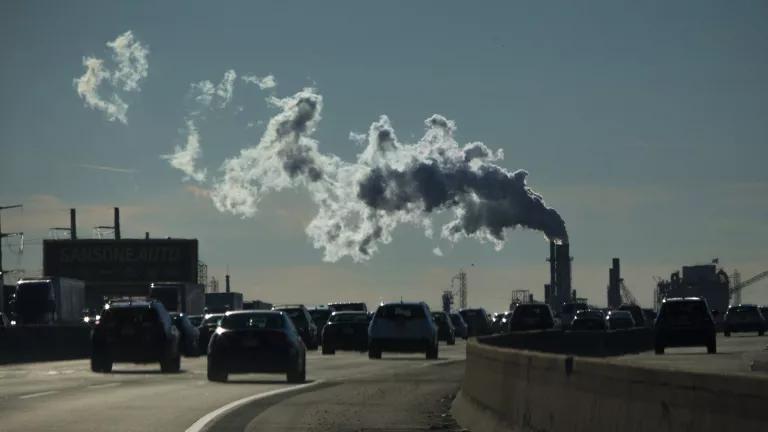New Disaster Bill Includes $849M for Water Infrastructure

Hurricanes have battered communities across the United States in the past two years, badly damaging critical water infrastructure. A new disaster supplemental appropriations bill (H.R. 268) was passed by the House of Representatives this week. Sponsored by Rep. Nita Lowey, it included $849 million for drinking water, wastewater, and stormwater systems, “to reduce flood damage risk and vulnerability or to enhance resiliency to rapid hydrologic change or a natural disaster at treatment works.”
The House bill would help states and territories make water systems affected by natural disasters more resilient and less vulnerable to storms in the future. Typically, federal disaster aid pays to rebuild water systems to their pre-disaster condition, essentially rebuilding a system that has already proven vulnerable to disaster damage.
The $849 million in proposed funding would be distributed through the Environmental Protection Agency’s (EPA) State Revolving Fund (SRF) programs; $535.1 million for drinking water and $314.3 million for wastewater and stormwater systems. This funding still must be approved in the U.S. Senate and signed by President Trump. This is the first time since 2013 that such funding has been included in a disaster supplemental appropriation bill. In 2017, $120 billion in federal disaster assistance was made available, but it didn’t dedicate funding for EPA’s SRF programs. Instead, funding for drinking water, wastewater, and stormwater systems was expected to come out of Federal Emergency Management Agency (FEMA), Housing and Urban Development (HUD), and the Army Corps of Engineers funding.
That was a missed opportunity. In the aftermath of Hurricane Sandy, Congress wisely appropriated $600 million for EPA’s SRF programs to ensure that water systems would be able to avoid damage from similar storms in the future. These additional funds helped several wastewater treatment plants in New York and New Jersey in the aftermath of Sandy. And providing these funds through EPA's SRF programs allowed EPA to work directly with those communities, allowing FEMA to focus its attention on other critical rebuilding efforts.

Water systems are among the most vulnerable forms of infrastructure when it comes to flooding, hurricanes, and rising sea levels. Drinking water treatment systems are often built near rivers from which they draw water prior to treatment. Wastewater treatment plants tend to be built in low-lying areas near water, so untreated sewage can “flow downhill” to the plant, which then discharges treated sewage effluent into the nearby waterbody. Because these facilities are often built in low-lying areas, they are susceptible to flood damage or loss of power. These facilities can be offline for days or weeks.
After Hurricane Florence hit North Carolina in September 2018, there were 30 drinking water plants and 39 wastewater treatment plants that were either knocked offline or only unable to function at full capacity. In the weeks following Hurricane Florence, the state estimated that 43.4 million gallons of untreated sewage was released. The Fayetteville Observer found that more than 39 million gallons of untreated sewage was released to the Cape Fear River alone.
In 2017, Hurricanes Irma and Maria both contributed to widespread failures of water and sewer systems in Puerto Rico. The Puerto Rico Aqueduct and Sewer Authority (PRASA) estimates that 22 of 51 wastewater treatment plants were knocked offline and 40 out of 114 of PRASA’s drinking water plants were out of service. In the aftermath of Hurricane Maria, many storm survivors struggled to find drinking water for weeks.
And similar examples exist in Texas, Florida, and the many other areas of the U.S. affected by disasters.
If H.R. 268 were enacted, $12.1 billion in new funding would be made available for recovery efforts from hurricanes and wildfires in 2018, and additional funding would go to those areas affected by disasters in 2017. The $849 that the House wants for EPA’s SRF program would not be used to just rebuild damaged infrastructure in the same vulnerable way and in the same vulnerable location. These funds would help adapt communities’ drinking water, wastewater, and stormwater systems to cope with the escalating flood risks and rising sea levels caused by climate change.




